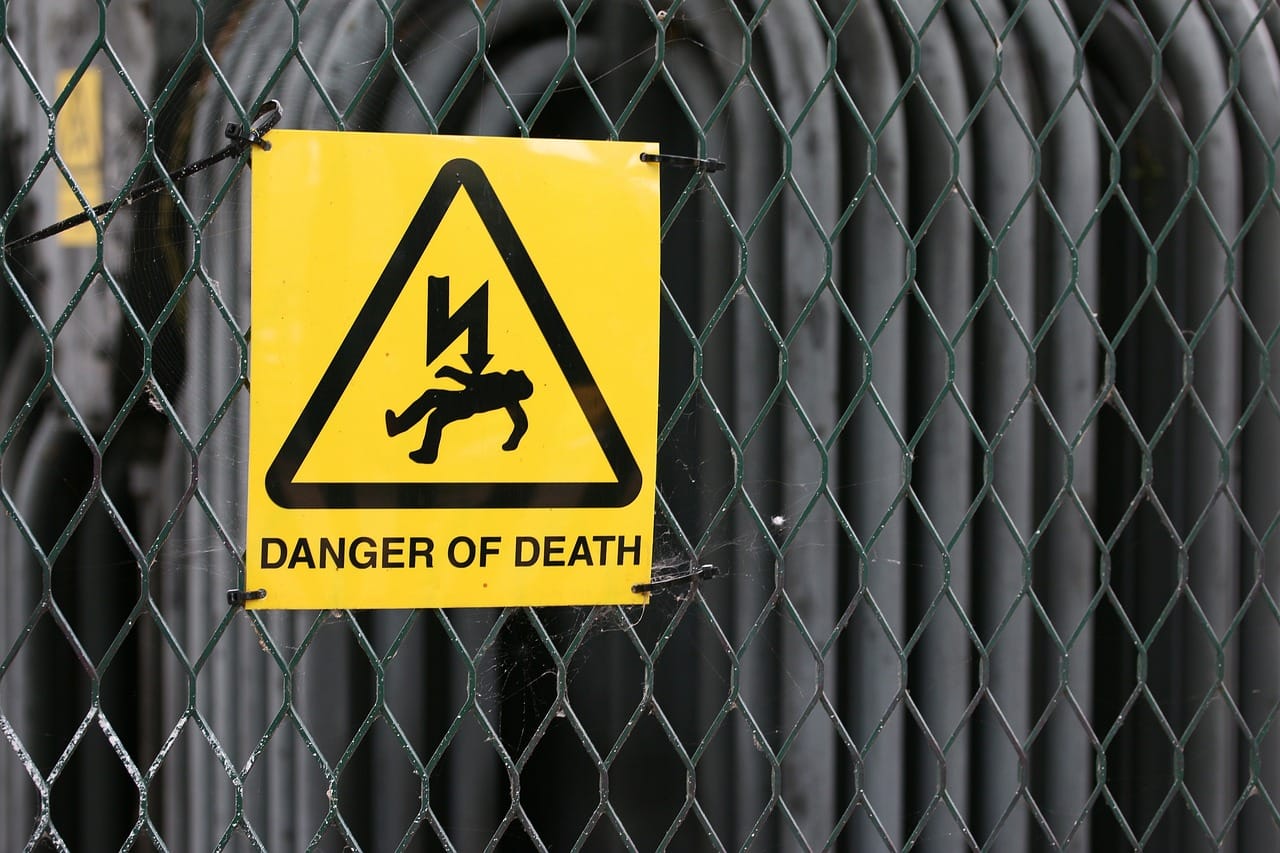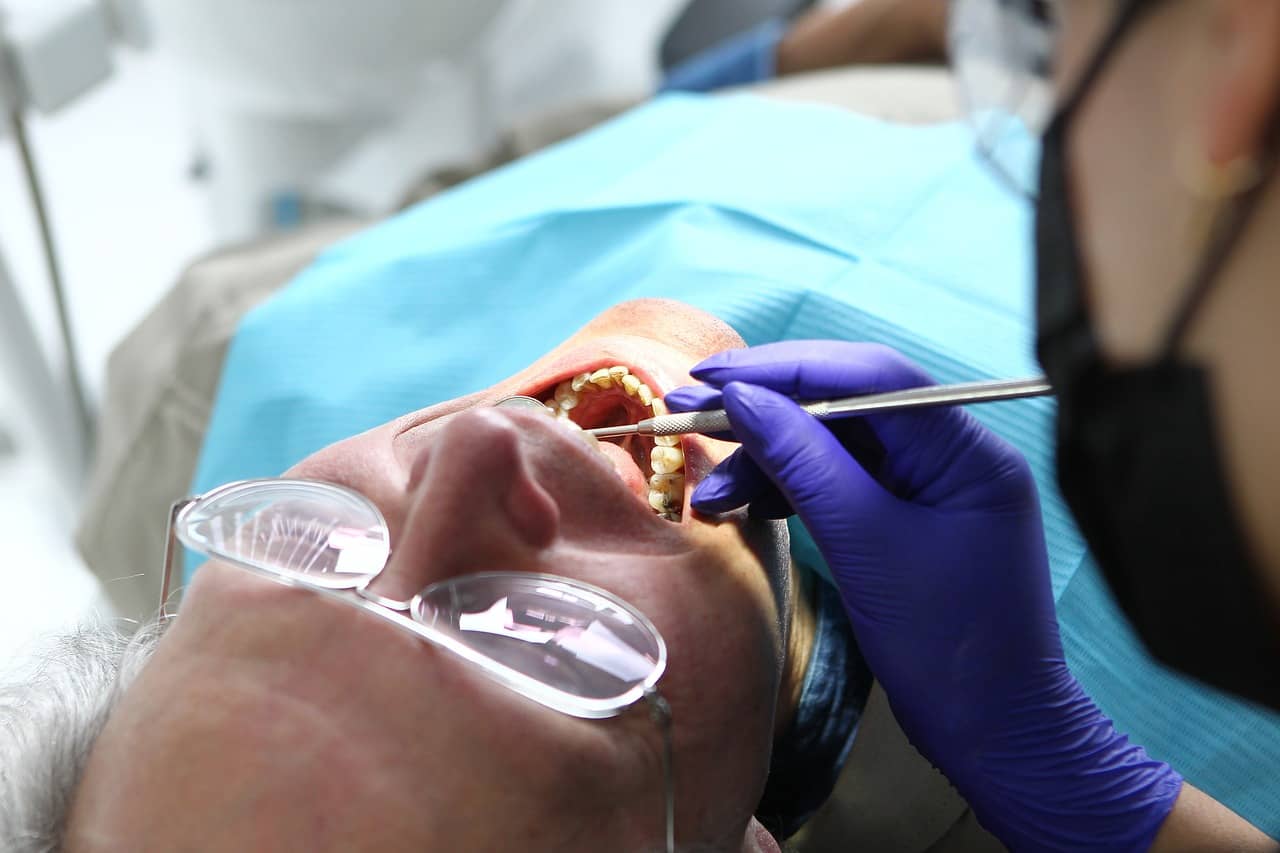Occupational hazards and injuries at work are unfortunate but all too common occurrences in various industries around the world. From construction sites to office buildings, no workplace is entirely free from potential dangers. These hazards can range from minor accidents to life-threatening incidents, making it crucial for both employers and employees to be aware of the risks they face and take appropriate measures to prevent injuries. In this article, we will explore the different types of workplace hazards, delve into real-life examples, discuss making an accident at work claim, and conclude with the importance of fostering a safe working environment.
Workplace Hazards: 4 Common Types
Physical Hazards
Physical hazards are the most visible and widely recognized types of hazards at work. They involve risks that can cause immediate harm to an employee’s body, such as slips, trips, and falls. Poorly maintained floors, cluttered walkways, and lack of proper lighting are examples of physical hazards that can lead to serious injuries. For instance, imagine a scenario where a worker slips on a wet floor due to a spillage that was not promptly cleaned up. This simple mishap can result in broken bones, sprains, or even head injuries.
Chemical Hazards
Chemical hazards exist in workplaces where employees handle or are exposed to toxic substances, including cleaning agents, solvents, and hazardous gases. Without adequate safety precautions and training, these chemicals can pose significant health risks. For instance, in a manufacturing facility where workers are exposed to toxic fumes without appropriate respiratory protection, they may suffer from respiratory diseases, chemical burns, or long-term organ damage.
Ergonomic Hazards
Ergonomic hazards are related to the physical design and arrangement of workspaces. When ergonomics are not given due consideration, employees may experience musculoskeletal disorders, such as back pain, repetitive strain injuries, and carpal tunnel syndrome. Consider the case of an office worker who spends long hours sitting in an improperly designed chair and using a poorly positioned computer monitor. Over time, this can result in chronic back pain, strained muscles, and reduced productivity.
Psychosocial Hazards
Psychosocial hazards refer to the emotional and social factors that can adversely affect an individual’s mental health and overall well-being in the workplace. Excessive work demands, lack of support from supervisors or colleagues, and workplace bullying are examples of psychosocial hazards. If left unaddressed, these hazards can lead to stress, anxiety, depression, and burnout. A study conducted in a high-stress corporate environment revealed that prolonged exposure to psychosocial hazards can have severe consequences on employees’ mental health, often resulting in absenteeism and decreased job satisfaction.
Examples of Occupational Injuries
Now that we have explored the common types of workplace hazards, let us delve into real-life examples of occupational injuries that highlight the potential risks faced by employees:
Construction Site Incident
Construction sites are known for their inherent dangers, and unfortunately, accidents are not uncommon. One example is the case of a worker who falls from scaffolding due to inadequate safety measures. This type of incident can result in severe injuries, including broken bones, spinal cord damage, or even fatalities.
Chemical Exposure
In a laboratory setting, improper handling of chemicals can have dire consequences. Consider a situation where a researcher accidentally spills a corrosive substance on their skin due to a lack of personal protective equipment. Chemical burns, skin irritations, and long-term health complications may arise from such an incident.
Work-Related Musculoskeletal Disorder
In jobs that require repetitive motions or physical exertion, musculoskeletal disorders can develop over time. For instance, a factory worker who performs the same task repeatedly without ergonomic considerations may develop chronic back pain, affecting their ability to work efficiently and enjoy a good quality of life.
Stress-Related Illness
Mental health is an integral part of overall well-being, and workplace stress can take a toll on employees. A sales executive working in a high-pressure environment may experience chronic stress, leading to insomnia, anxiety, and ultimately, a decline in their mental and physical health.
Making an Accident at Work Claim
When an employee sustains an injury or illness due to occupational hazards, they may be eligible to make an accident at work claim. This claim seeks to obtain compensation for the physical, emotional, and financial damages suffered. To initiate a successful claim, the following steps are typically involved:
Reporting the Incident
It is essential to report the accident or injury to the employer as soon as possible. This allows for the documentation of the incident and ensures that necessary steps can be taken to prevent similar occurrences in the future.
Seeking Medical Attention
The injured employee should promptly seek medical attention and receive a thorough evaluation of their condition. The medical records will serve as crucial evidence in establishing the extent of the injuries and their impact on the individual’s life.
Gathering Evidence
To support the accident at work claim, it is important to gather relevant evidence. This may include photographs of the accident scene, witness statements, medical reports, and any documentation related to safety protocols or previous complaints regarding hazards.
Consulting with National Claims
Seeking legal guidance from us at National Claims, where we specialise in workplace accidents can significantly enhance the chances of a successful claim. We will guide the injured party through the claims process, ensuring their rights are protected and representing their interests during negotiations or litigation.

Conclusion
Occupational hazards and injuries at work are a reality that employees face across various industries. By understanding the common types of hazards, learning from real-life examples, and taking appropriate measures to prevent injuries, both employers and employees can contribute to fostering a safe working environment. In the unfortunate event of an accident, the option of making an accident at work claim exists to seek compensation for the damages suffered. Ultimately, prioritising workplace safety and addressing occupational hazards is not only a legal obligation but also a fundamental step in ensuring the well-being and success of individuals and organisations alike.
Contact us today to start your claim and learn more about how to deal with accidents at work.
Click below to see why we are one of the most trusted claims management companies in the UK.

We’re proud of our excellent customer reviews
We thrive on delivering exceptional service and ensuring our clients’ satisfaction. Don’t just take our word for it. Check out some of our independent reviews to see what our clients have to say.
Excellent

This firm is excellent, they sorted out my car pay out and injury claim very fast, they always communicate with you all the time.

My accident case was dealt with confidence and with great result of the outcome, especially James kept me informed all the time.

I was very impressed at the way my inquiry was treated. I was listened to attentively and everything I needed to know was explained to me.






